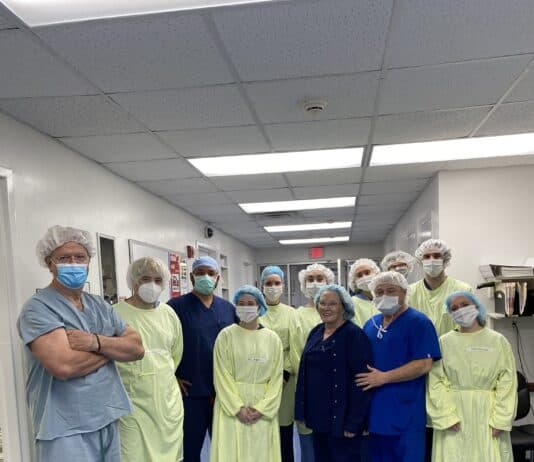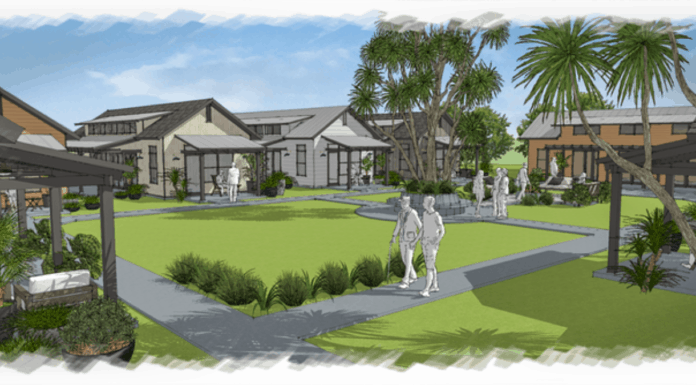Departing Kennedale City Manager Bob Hart has made effortthese past weeks to trying to answer multiple questions from Kennedale residents about city expenditures
and accounting methods especially as related to last year’s dramatic increase in water/sewer rates. {{more: Read more ..}}
One major issue was the reported $700,000 to $800,000 cited in the cost to repair the main wastewater line at Village Creek and I-20.
When the Kennedale News contacted Hart this week about the
expenditures on the Village Creek project, he said that he was working on that
and would have something by the end of the week. The Kennedale News received the following statement.
UTILITY FUND UPDATE: The Village Creek Replacement Cost Much Less than Expected
FRIDAY, JANUARY 27, 2017 | LESLIE GALLOWAY, CITY SECRETARY & COMMUNICATIONS CONSULTANT
We apologize for the confusion caused by not making clear that the $800,000 was an estimate only. Rest assured, however, that this was a failure to correctly word a story ? not an accounting error. The ledger shows the actual amount paid for this project of $350,000 (rather than the $800,000 figure we used or the rumored figure of $250,000 that you may have seen on this or other social media sites).
Again, we do apologize, and hope we can move forward ? together.
Part of moving forward is further understanding. If that repair wasn?t nearly so costly, then what were some other reasons behind the large rate increase? Of course, that $350,000 was still a significant factor, but like most issues, the answers are complex. A more complete view of the Utility Fund actually covers several years.
The fact that the city was under-recovering costs for most of the months between the 2013 and 2015 rate adjustments is often ignored, but it?s significant. City policy calls for utility rates to be evaluated ? by a committee of residents, staff, and an outside consultant ? every three years. The rates in 2013 were based on the costs to provide the service at that time. By 2015, the city was in the third year of the previous rate study. In that time, the costs incurred by the city to provide water and wastewater service increased at an unprecedented rate. These deficits were further exacerbated by above-average rainfall, which reduced demand and revenues. During that time, the Utility Fund had cumulative operational deficits of nearly $764,000.
|
|
|
OCTOBER |
JANUARY |
APRIL |
JULY |
|
FY2013 Revenue |
261,361.56 |
268,355.25 |
210,110.10 |
317,885.56 |
|
| Expenditures |
133,048.94 |
230,482.11 |
219,951.66 |
227,385.73 |
|
|
Cash Balance |
1,294,797.68 |
1,416,241.53 |
1,249,045.53 |
1,255,599.49 |
|
|
FY2014
Revenue |
311,613.17 |
308,975.63 |
254,032.78 |
298,131.73 |
|
| Expenditures | 164,394.48 | 376,137.00 | 256,042.76 | 297,974.58 | |
|
Cash Balance |
1,297,237.45 |
1,174,158.07 |
897,909.08 |
1,181,484.54 |
|
|
FY2015 Revenue |
265,330.56 |
175,128.11 |
221,109.73 |
335,018.90 |
|
| Expenditures | 114,705.79 | 274,937.97 | 315,055.93 | 351,466.73 | |
|
Cash Balance |
1,170,829.46 |
905,440.52 |
328,010.87 |
(40,521.66) |
|
|
FY2016 Revenue |
310,290.75 |
220,055.66 |
392,439.91 |
498,314.84 |
|
| Expenditures | 143,767.47 | 222,353.91 | 298,360.32 | 305,723.38 | |
|
Cash Balance |
165,218.77 |
(197,570.75) |
(591,618.42) |
(171,727.66) |
*Thisis a snapshot of these particular months and is not a years? worth of quarterly
data to show the progression of revenues, expenditures, and cash over time.
Cost are rounded to the nearest thousand
Much of this was due to increased costs from Arlington for the transportation and treatment of wastewater and from Fort Worth for the purchase of supplemental water. Additionally, the Tarrant County Groundwater District was formed and Kennedale incurred costs for pumping well water. The city also made several significant purchases and system improvements, including the installation of a booster pump station at the standpipe of ($348,000*); purchasing land for a future water storage tank ($171,000); well pump replacement ($59,000); repairs to water and wastewater lines ($87,000); a Utility Impact Fee Study ($70,000); and the replacement of several vehicles and a backhoe ($180,000).
The cumulative effect of these and other lesser factors depleted the cash balance of the Utility Fund to a low point of -$738,593.31 in March of 2016, and the fund operated with a deficit balance throughout most of FY2016. However, the significant rate adjustment ? including the shift towards recovering more of the fixed costs through the base rates, which safeguards against unpredictable rainfall patterns ? has the fund moving back towards financial stability. If we would have, instead, increased rates by just 10-15%, it would have left cash negative and the General Fund footing the bill, meaning your property taxes would have been diverted to pay forwater and wastewater, reducing the amount available for other services.
We keep talking about the local situations that made this increase necessary, but historically, water has been undervalued, and as the population of our planet grows, people at much higher levels of government than city halls have realized that the quickest way to encourage significant conservation is through pricing signals. Those legislative and regulative changes have filtered down ? in the form of increased costs ? and small cities with no access to groundwater have been hit the hardest for two primary reasons:
1. Water is a scalable industry (i.e., the more customers you have, the less each one pays), meaning that from the start, larger cities can offer more competitive pricing; and
2. Without access to surface water, and the inability to meet demand through the wells alone, Kennedale must purchase supplemental water from adjacent cities, which use those sales to subsidize their own residents? bills.
That puts us three steps behind cities like Arlington and Fort Worth, as far as the ability to offer competitive water rates. However, because of proximity, we?re often compared to them.
There are claims that this rate increase is paying for growth ? and I guess it is, but it?s not really local level growth, like new neighborhoods around town. There is some small cost to adding new homes, but all the lines within the actual neighborhood are paid for by the developer and deeded to the city. The Utility Fund typically only pays to connect that neighborhood to the larger system.
Related Links:
? TRWD Pipeline
Project: www.trwd.com/water-supply/ipl/about-the-ipl
? North Texas Profile
2017 (Population Stats): ntc-dfw.org/publications/profile




































